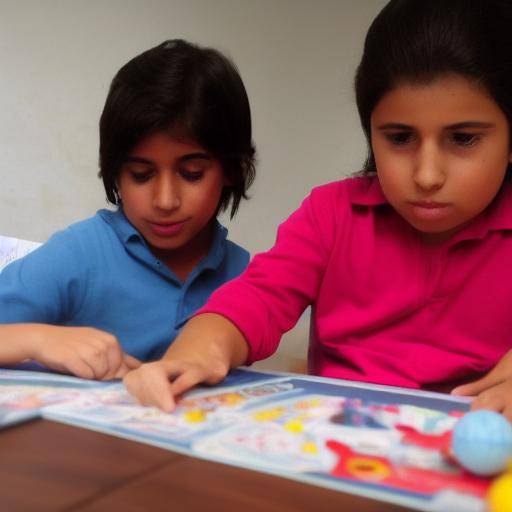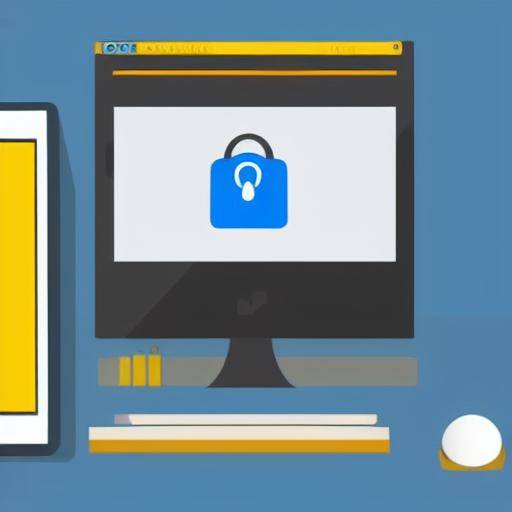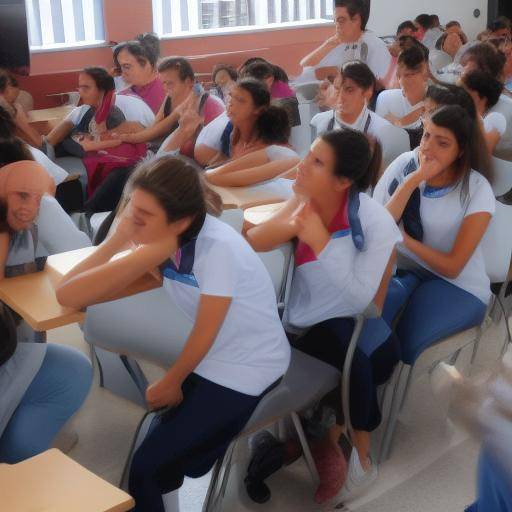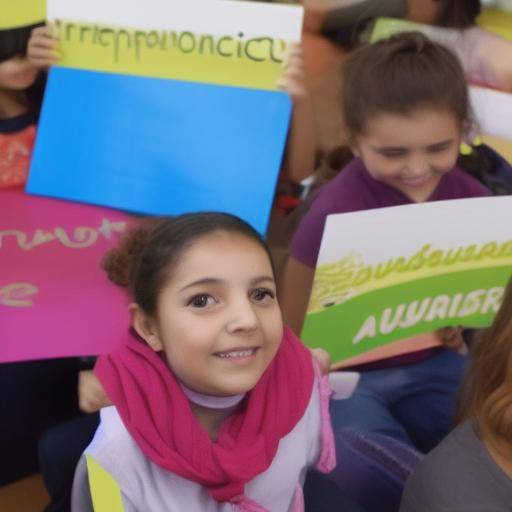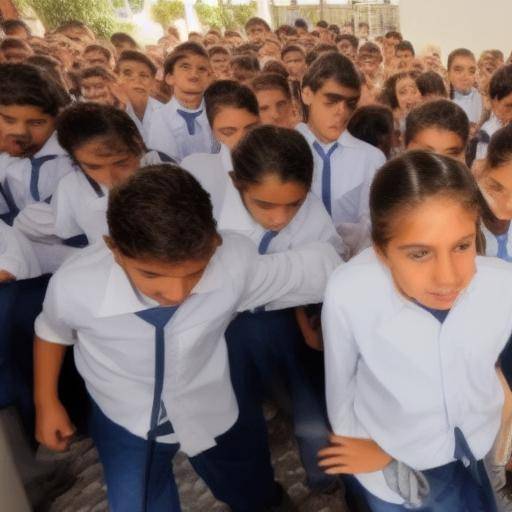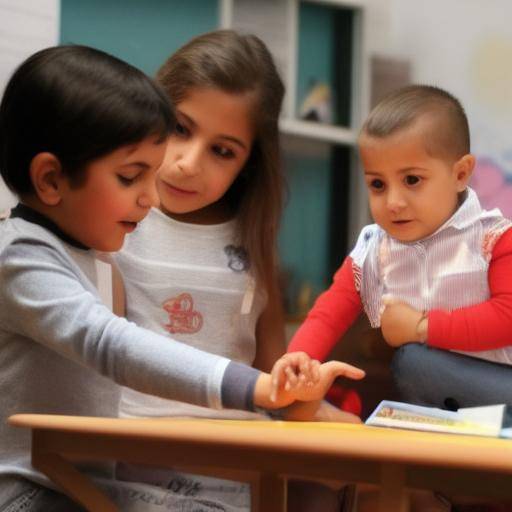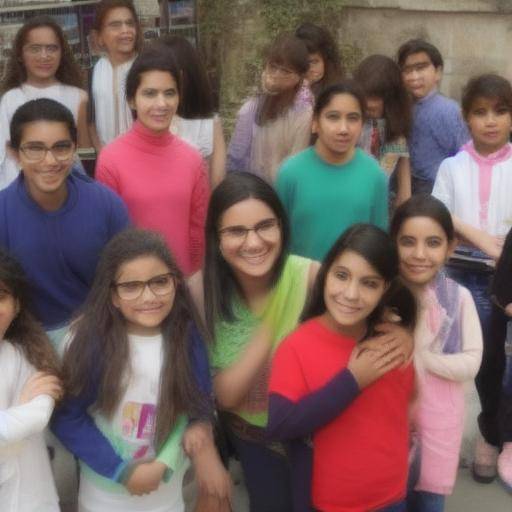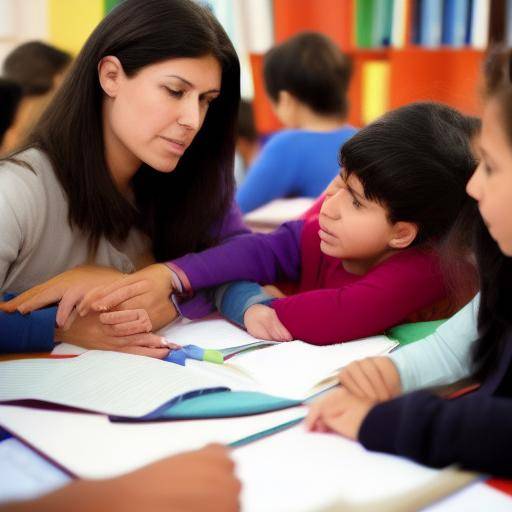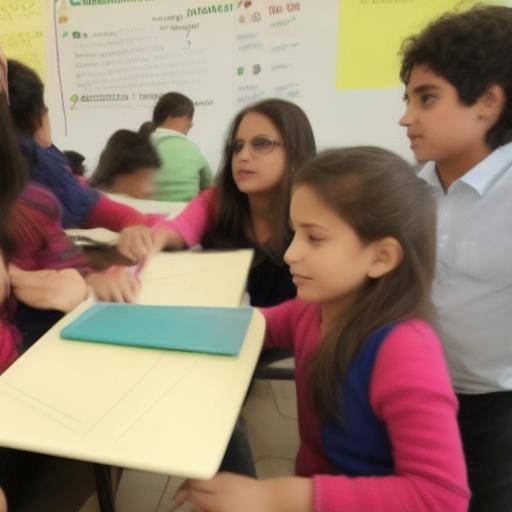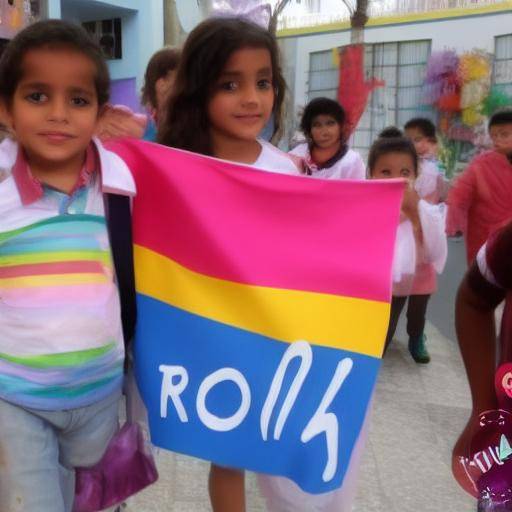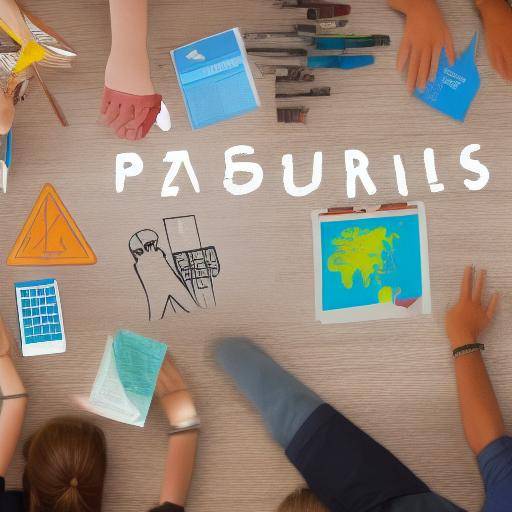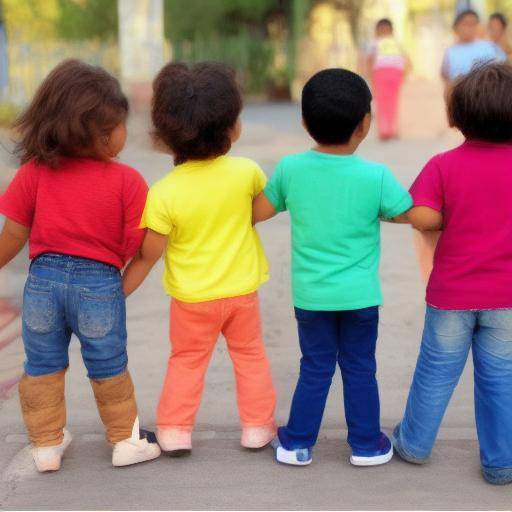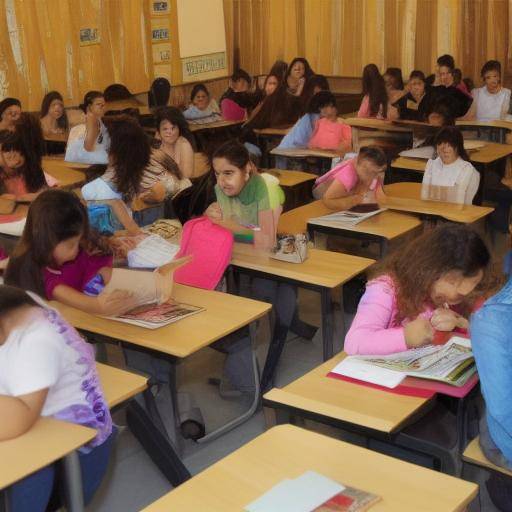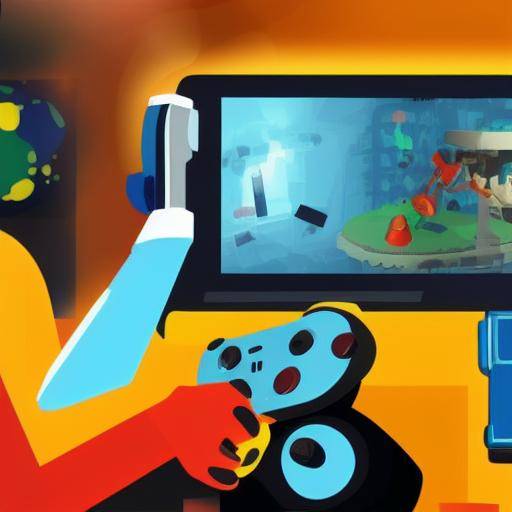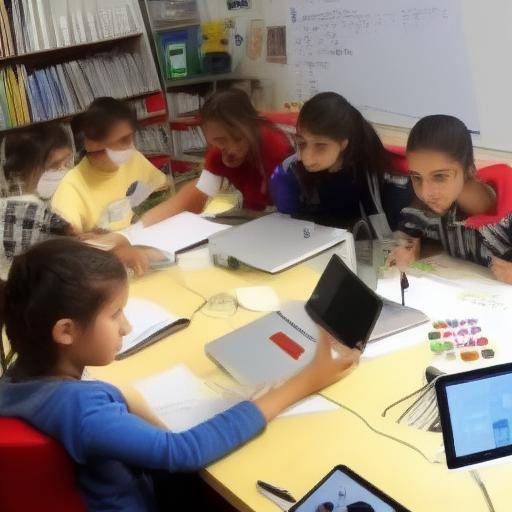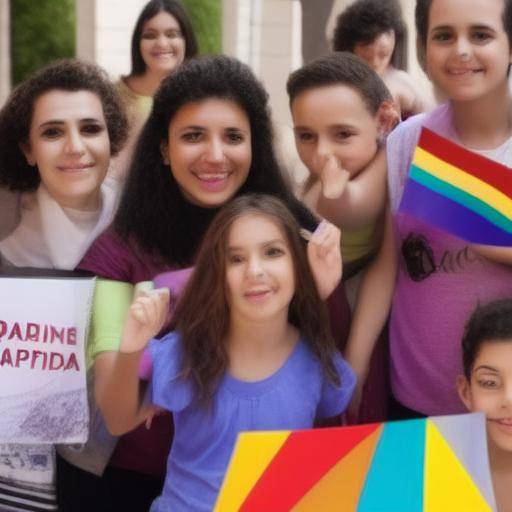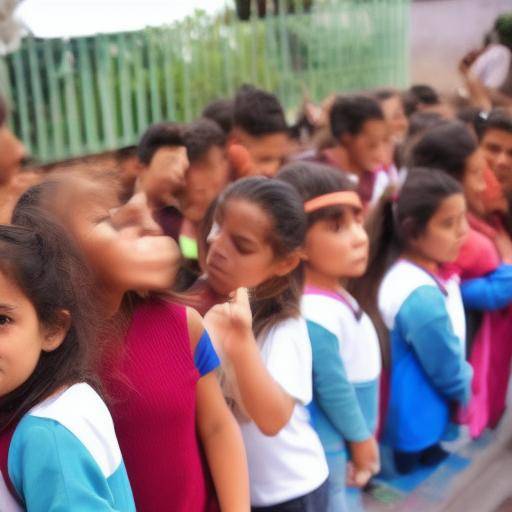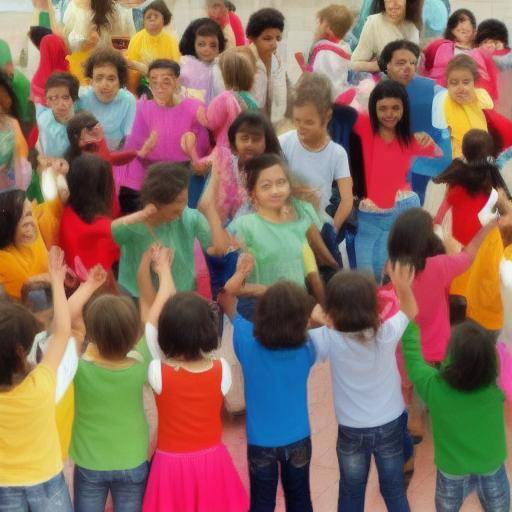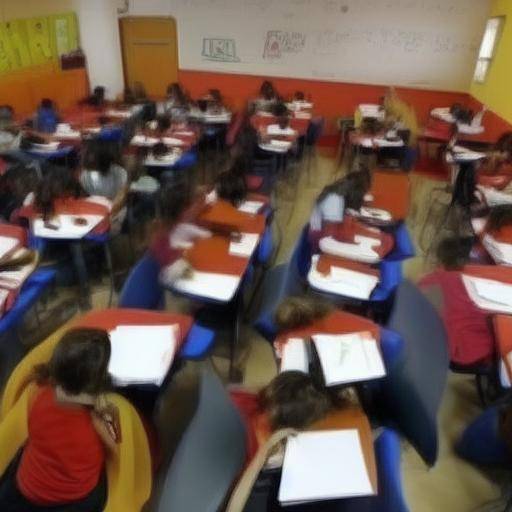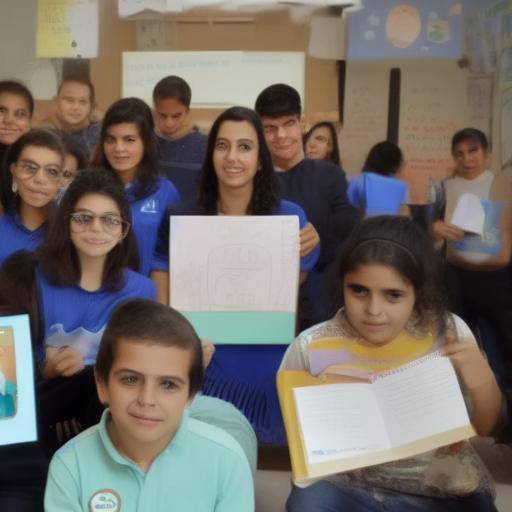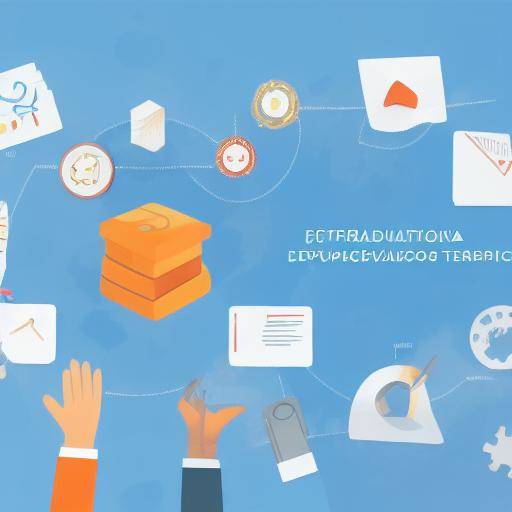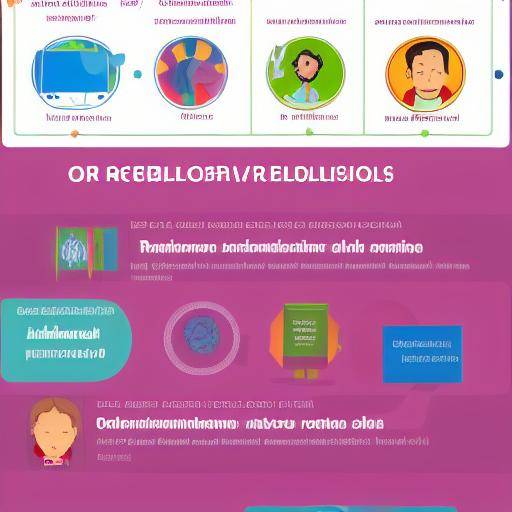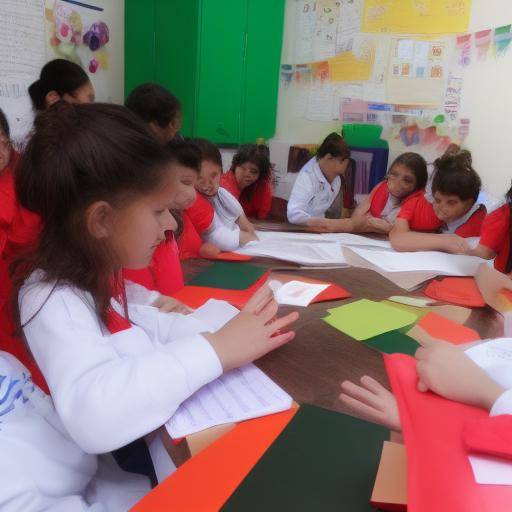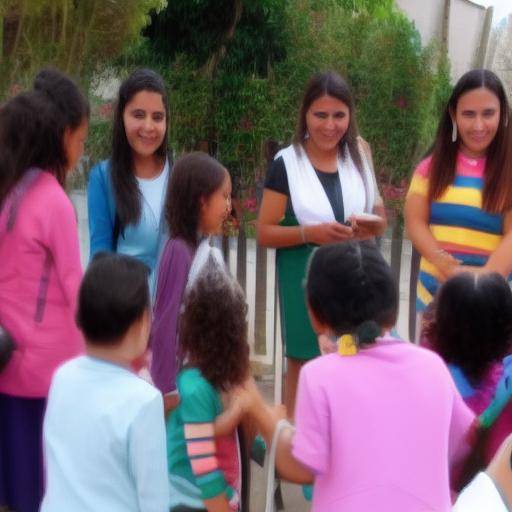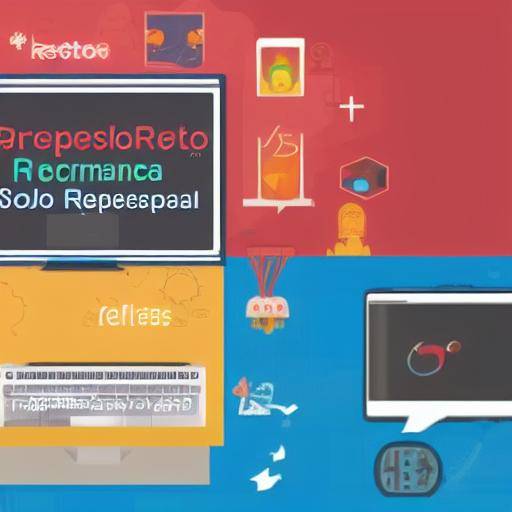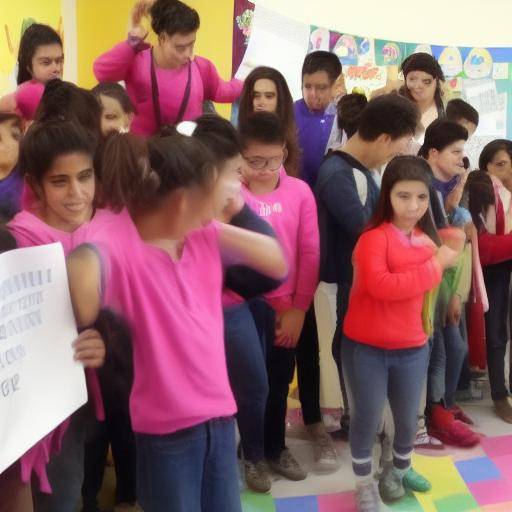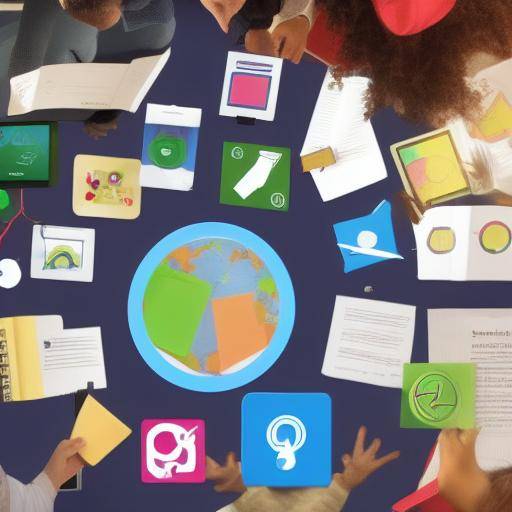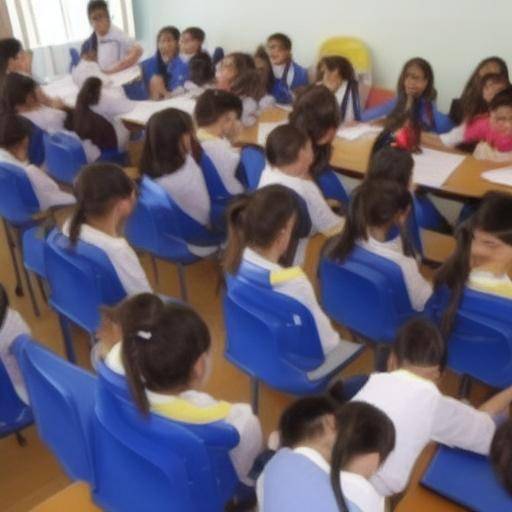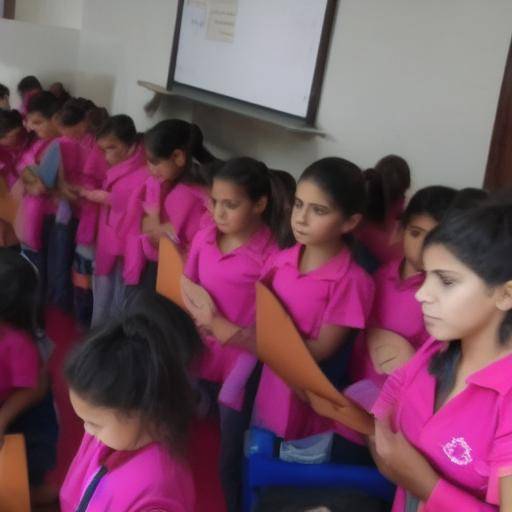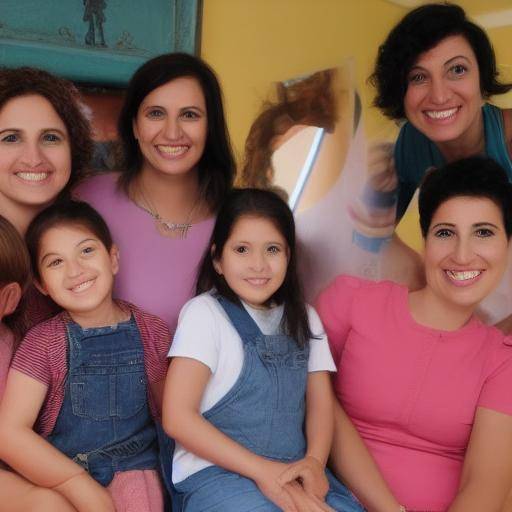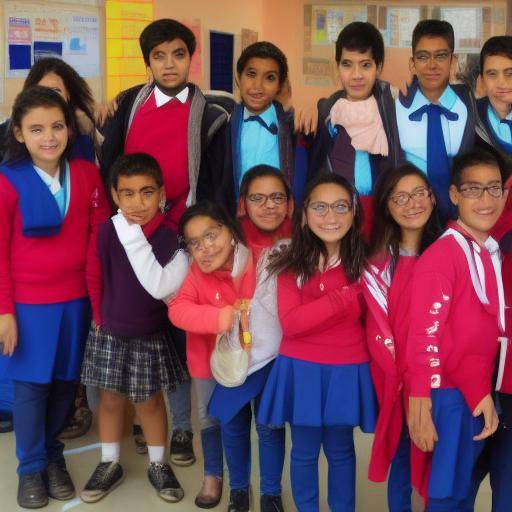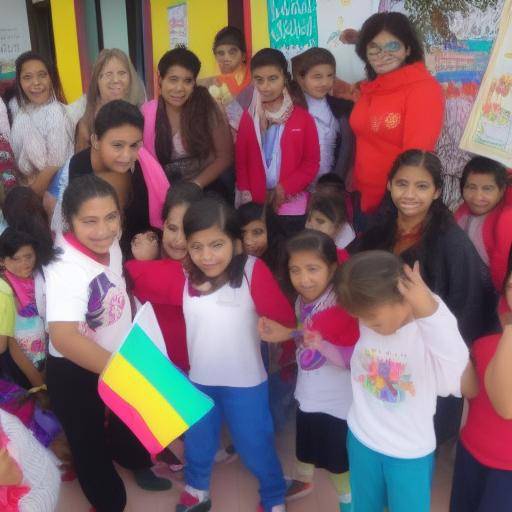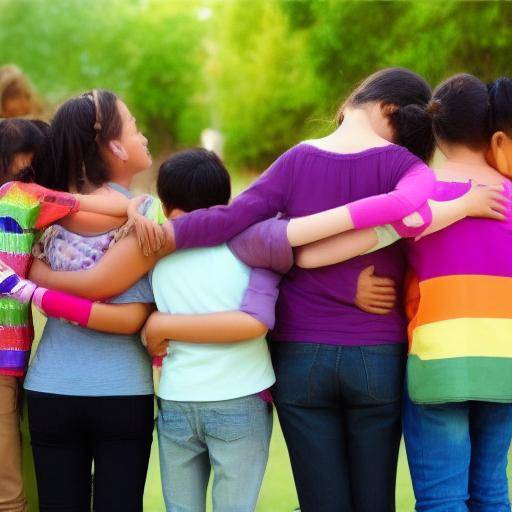
Cultural diversity is a fundamental pillar of society, enriching our lives with different perspectives, traditions and experiences. In the educational environment, it is crucial to address cultural diversity in a holistic manner, fostering respect, understanding and inclusion. For families, having educational resources on cultural diversity is essential to educate their children in a diverse and multicultural environment. In this article, we will explore educational resources that promote cultural diversity and provide families with tools to effectively address this issue.
Introduction
Cultural diversity is a relevant issue in contemporary education. Globalization and interconnected cultures require families and schools to provide children with education that promotes respect and appreciation of diversity. In this context, educational resources play a vital role in providing information, activities and materials that promote intercultural understanding and appreciation for differences. Throughout this article, we will explore various educational resources that address cultural diversity and provide families with tools to promote inclusiveness and mutual understanding.
History and Background
The importance of promoting cultural diversity in education has been recognized for decades. Civil rights movements, as well as efforts for inclusion and equity, have led to the creation of educational programmes and materials that address cultural differences. From the first multicultural education programmes to current intercultural education initiatives, the goal has been to provide students with education that reflects the diversity of the world around them.
The Evolution of Multicultural Education
Multicultural education has evolved significantly over the years. Since its emergence in the 1960s and 1970s as a response to segregation and discrimination, until its integration into the current school curriculum, multicultural education has sought to promote understanding and respect for the various cultures present in contemporary societies. Throughout this process, educational resources have been developed that address cultural diversity more and more fully and effectively.
Deep analysis
Cultural diversity in the educational field presents a number of benefits, as well as challenges to consider. On the one hand, exposure to different cultures promotes empathy, tolerance and adaptability in students. On the other hand, challenges related to intercultural communication, prejudice and exclusion may arise. Educational resources to address cultural diversity must address both benefits and challenges, providing families with tools to promote understanding and inclusion.
Benefits of Exposure to Cultural Diversity
Exposure to cultural diversity in education provides a variety of benefits for students. From expanding its perspective on the world to acquiring intercultural skills, cultural diversity enriches the educational process. Educational resources that foster cultural diversity provide families with the opportunity to explore and celebrate differences, thereby strengthening the identity and sense of belonging of children.
Challenges and Challenges
Despite the benefits, cultural diversity also poses challenges to considering in the educational field. Overcoming linguistic barriers, preventing cultural bias and promoting inclusion are key elements that educational resources must address. Families with effective educational resources can more informedly and ablely address the challenges that arise when confronting cultural diversity, ensuring an enriching educational environment for their children.
Comprehensive review
Cultural diversity in the educational field is manifested through a variety of applications and best practices. From the implementation of specific programs to the integration of diversity in all areas of the curriculum, educational resources offer families a wide range of tools to effectively address this issue. In addition, experts in the field of cultural diversity provide knowledge and perspectives that enrich the understanding of families on this crucial issue.
Curricular Integration of Cultural Diversity
The integration of cultural diversity into the educational curriculum is essential to ensure that students are fully exposed to different cultures and perspectives. The educational resources that support this integration offer families strategies and activities to enrich the learning of their children, ensuring that cultural diversity is recognized and valued in all areas of knowledge.
Perspectives of Experts on Cultural Diversity
The views and perspectives of experts on cultural diversity provide families with a deep understanding of the implications and benefits of education in cultural diversity. By offering insights and analyses based on experience and expertise, educational resources enrich the understanding of families about the importance of cultural diversity in the education of their children.
Comparative analysis
The comparative analysis of educational resources on cultural diversity offers families the opportunity to understand the similarities, differences and possible synergies between the different proposals. This comparison provides families with a more complete and prepared vision to choose the resources that best fit the educational needs and family experiences.
Educational Resources in Cultural Diversity: Comparison of Approaches
Cultural diversity can be addressed in multiple ways through educational resources. By comparing approaches such as multicultural education, intercultural education, and the inclusion of diverse perspectives in the curriculum, families can assess the strengths and weaknesses of each approach, allowing them to select the resources most aligned with their educational values and objectives.
Examples and Scenarios: Illustrating Diversity in Education
Educational resources on cultural diversity often present examples and scenarios that illustrate the practical application of diversity-related principles and values. These examples give families a concrete picture of how cultural diversity is reflected in the educational environment, helping them to understand the relevance and impact of available resources.
Tips and Suggested Actions
Providing practical advice and suggested actions is essential for families to maximize educational resources on cultural diversity. These recommendations provide clear and applicable guidance that will enable families to promote education in cultural diversity effectively and significantly in the family and school environment. Use numbered lists to highlight these recommendations, facilitating your reading and understanding.
Conclusions and FAQs (FAQs)
Conclusions
In short, educational resources on cultural diversity provide families with fundamental tools to promote understanding, respect and inclusion of diversity in the educational field. Throughout this article, we have explored the importance of these resources, their evolution, benefits and challenges, as well as practical advice for their use. In harnessing these resources, families can contribute significantly to the development of a more inclusive and respectful society of cultural diversity.
Frequently asked questions (FAQs)
What are the benefits of using educational resources on cultural diversity in the education of children?
Educational resources on cultural diversity offer children the opportunity to understand and value cultural differences, promoting empathy, respect and adaptability in a multicultural world.
How can families incorporate cultural diversity in home education?
Families can incorporate cultural diversity in home-based education through approaches such as reading multicultural literature, celebrations of different cultures, exploration of traditions and customs of different cultures, and participation in community activities that celebrate diversity.
What role do educational resources play in preventing prejudice and discrimination?
Educational resources on cultural diversity provide information and perspectives that challenge stereotypes and prejudices, fostering understanding and empathy towards diverse cultures, contributing to the prevention of prejudice and discrimination.
How can educational resources help promote the inclusion of students from different cultural backgrounds in the classroom?
Educational resources provide strategies and tools for educators to create an inclusive classroom environment, fostering participation and mutual respect among students from different cultural backgrounds.
What are some strategies to address cultural diversity in the upbringing of children?
Some strategies include fostering curiosity for other cultures, practising empathy by teaching children about different perspectives and using books, games and activities that reflect cultural diversity.
How can the community support the use of educational resources on cultural diversity?
The community can support the use of educational resources by promoting events, libraries and activities that celebrate diversity, as well as providing spaces to discuss issues related to cultural diversity.
What is the long-term impact of education on cultural diversity for children?
Education in cultural diversity prepares children to be global citizens with intercultural skills, building their capacity to face the challenges of a diverse world and offering a wide and open perspective to different cultures and realities.
In short, educational resources on cultural diversity have a key role in enriching children ' s education, promoting intercultural understanding, respect and inclusion. In harnessing these resources, families can contribute to the strengthening of a diverse and multicultural society, making cultural diversity a pillar of enrichment and understanding in the educational and social sphere.

